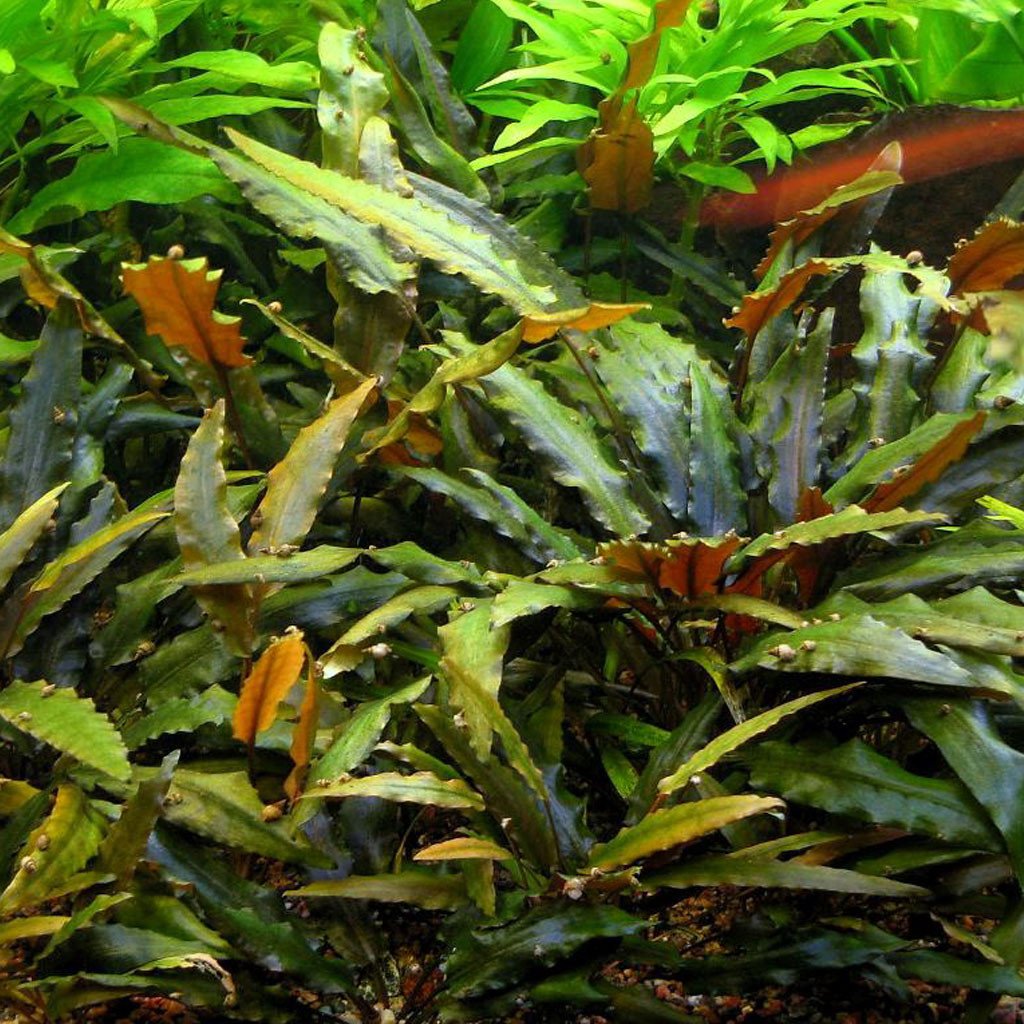
Why Your Aquarium Plants Aren’t Growing (And How to Fix It)
You bought the plants. You added them to your tank.
Now you’re waiting for the lush jungle to appear...
…but nothing’s happening.
If your aquarium plants aren’t growing — or worse, they’re melting — you’re not alone. Plant growth in a tank can be surprisingly tricky without the right setup. The good news? Most problems are easy to fix once you know what to look for.
Here are the top 5 reasons your aquarium plants aren’t growing — and what you can do about it:
1. Not Enough Light
Most aquarium plants need moderate to high light to thrive. That basic stock light on your lid? It’s often not enough.
What to do:
Upgrade to a full-spectrum LED light designed for plant growth. Look for one that provides at least 30–50 PAR at the substrate level. Keep your light on for 8–10 hours a day, and use a timer to stay consistent.
2. No Nutrients in the Water
Plants need food — and in a tank, that means nitrates, phosphates, potassium, and trace minerals like iron. If your water is too “clean” or you’re doing heavy water changes, your plants might be starving.
What to do:
Use an all-in-one liquid fertilizer like our Fertilizer Pump once or twice a week. For rooted plants, add root tabs under the substrate to feed them from below.
3. Wrong Substrate
Gravel and sand look nice, but they don’t provide nutrients on their own. Rooted plants like Cryptocoryne, Amazon Swords, and Tiger Lotus need something more.
What to do:
Either switch to a nutrient-rich plant substrate, or add Marcus Fish Tanks root tabs near your plant bases. Replace tabs every 1–3 months for steady growth.
4. Carbon Dioxide (CO₂) Deficiency
CO₂ isn’t required for all plants, but it helps — a lot. Without it, some plants grow slowly, and others melt entirely in low-tech setups.
What to do:
Try Seachem Excel as a liquid carbon supplement for a quick boost. For advanced tanks, consider setting up a pressurized CO₂ system. Or, stick with low-demand plants like Java Fern, Anubias, and Mosses that don’t require added CO₂.
5. Your Plants Are Still Adjusting
Most plants are grown above water (emersed) and must adapt to living underwater (submersed). During this transition, they often melt their old leaves before sprouting new growth.
What to do:
Be patient. Trim away rotting leaves, make sure light and nutrients are steady, and wait 2–3 weeks for new underwater growth to appear. Plants like Cryptocoryne Wendtii are famous for this — but once they bounce back, they thrive.
💡 Bonus Tips:
-
Don’t bury rhizomes (like on Anubias or Java Fern) or they’ll rot.
-
Keep your tank at a stable temp: 72–78°F works for most plants.
-
Avoid over-cleaning — plants like a bit of biofilm and mulm around their roots.
Wrap-Up: Healthy Plants, Healthy Tank
When your plants are thriving, they do more than just look good — they soak up excess nutrients, oxygenate your water, and provide cover for fish and shrimp. That’s why it’s worth getting the basics right.
Need help choosing the right fertilizer or root tabs?
Check out our Marcus Fish Tanks plant care collection — tested by real aquarists, backed by our live plant guarantee.







